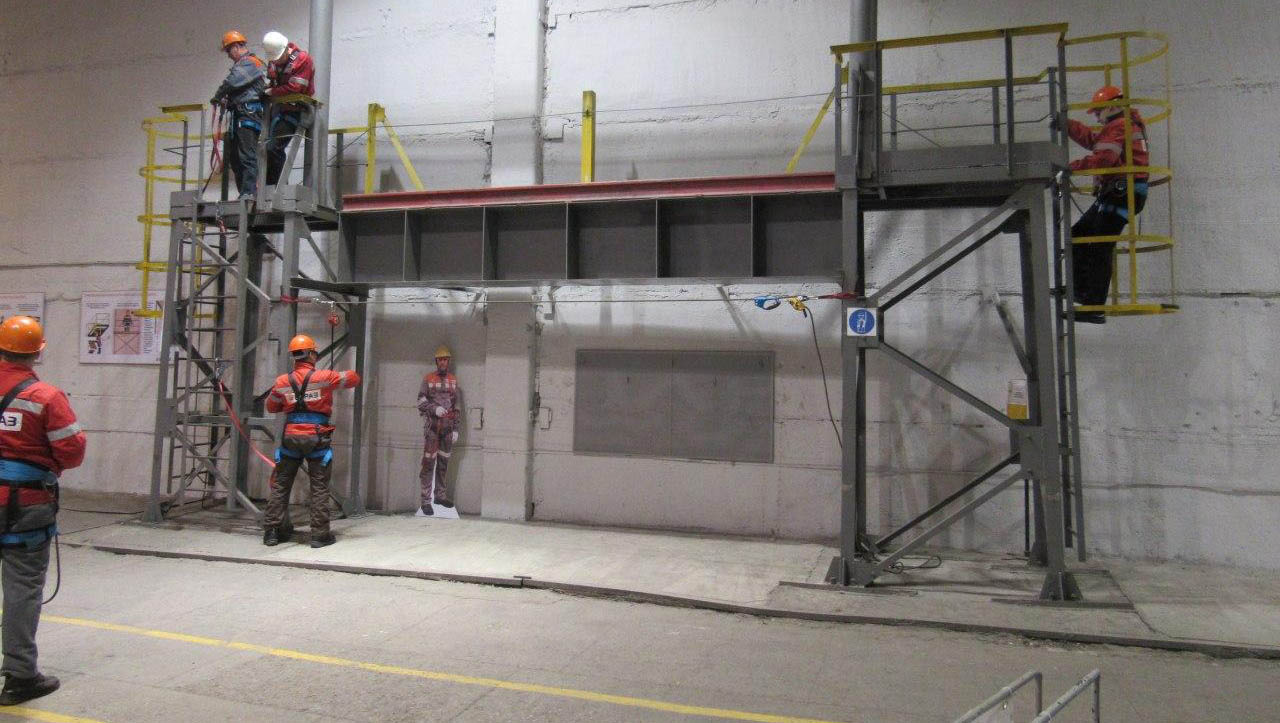Occupational injury prevention
The health and safety of employees is one of our most important measures of performance. EVRAZ continues to monitor occupational health and safety issues, alongside other parameters, including the lost time injury frequency rate and number of fatalities, in order to ascertain and implement required mitigation strategies and responses.
LTIFR
EVRAZ uses a number of different tools to assess safety performance. One of the most important KPIs in this regard is the lost time injury frequency rate (LTIFR). Target KPIs are cascaded down throughout the Group in individual management performance scorecards. In 2019, the LTIFR stood at 2.04 per 1 million hours. And although the Group implemented various initiatives to improve workplace safety and the safety culture in general, some fatalities were recorded, including a tragic car accident at the Raspadskiy Open Pit.
However, EVRAZ made significant progress in reducing injuries caused by dropped objects, rockslides, and trips and falls. We managed to save the absence of exposure to smoke, fire, flame and harmful substances. We expect to improve future LTIFR rates by enhancing our focus on learning from previous incidents, integrating associated best practices across the Group, and implementing HSE initiatives and programmes.
EVRAZ strives continuously to improve our reporting system and in this regard implements new standard operating procedures, improves the corporate safety behaviour of employees and contractors, and constantly develops the occupational safety risk assessment methodology. In 2019, we were successful in getting employees to report injuries (including minor ones) using the EVRAZ Hotline and other communication channels. This was also why a higher number of injuries was recorded in 2019 than in 2018.
GRI 403-9
Fatalities
Although much was done in 2019 to ensure the safety of our employees, there were a number of tragic incidents at different EVRAZ entities. We are deeply saddened to report that 16 fatalities were recorded – 12 among EVRAZ employees and four among contractors. To ensure that we learned everything we could from these incidents, and to help prevent reoccurrences, the Management investigated each incident and appropriate measures were taken. EVRAZ also provided all necessary assistance to the families of the victims.
In 2019, the main identified risk categories were working at heights, electrical safety, car accidents, dropped objects, and fallen roof rock. For each risk category EVRAZ organised and implemented a number of HSE initiatives.
GRI 403-9

Case study
In 2019, Raspadskaya Coal Company completed an investigation into a tragic fatal incident that occurred at the Raspadskiy Open Pit on 8 February 2019.
When transporting employees a crew bus driver, after mistakenly driving to a worksite for drilling boreholes, realised his error, turned around, and, as he did so, the vehicle he was driving fell from a height of approximately 11 metres. This resulted in six fatalities and 18 people being injured to varying degrees. These 18 individuals were taken to Regional Miner’s Healthcare Centre, where within four months two died in the intensive care unit.
Following the tragedy investigators identified the main causes of the accident: the site was not properly fenced off or carrying warning sings, the crew were not given proper instructions on specific safety precautions, driver was not familiar with the layout of the roads, and no information was available about the actual conditions and safety levels of the site.
In order to prevent such an accident from occurring again in the future, a set of measures was elaborated, including banning crew vehicle routes to open-pit sites prepared for drilling, additional measures to isolate and designate open-pit sites prepared for drilling, technical and organisational measures to improve driver awareness surrounding travel routes and vehicle controls, improvements to the safety of crew vehicles, additional control measures related to working arrangements, and enhanced medical examinations.
